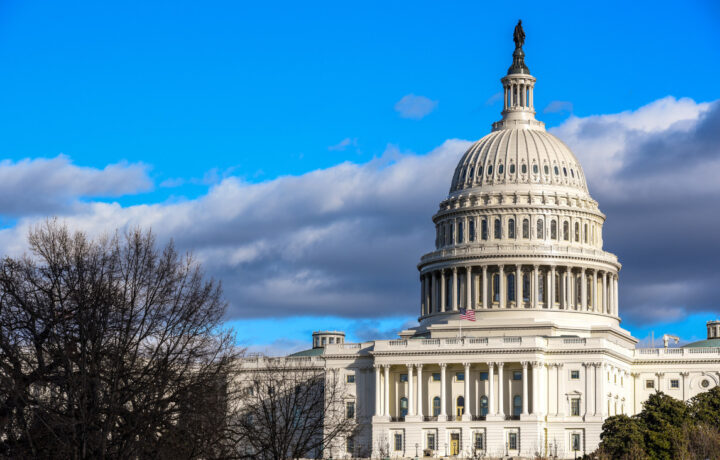Barring a last-minute deal, the federal government appears on track to shut down at 12:01 a.m. Wednesday, October 1. Tonight the Senate failed to advance a short-term funding measure, and agencies have begun activating contingency plans.
Let’s look at what happens during a lapse in appropriations, using the official playbooks agencies are instructed to follow.
The basics of a shutdown
Under the Antideficiency Act (ADA), agencies generally can’t obligate or spend money without an appropriation. When funding lapses, most activities pause unless they fall into narrow exceptions. If you’re not sure what that is, think protecting life and property or other functions explicitly allowed by law.
OPM’s September guidance, along with special instructions for a potential October 1 lapse, outlines three employee statuses that determine who works and how:
- Excepted employees continue legally permitted functions (for example, certain safety, national security, or essential operations). They work during the lapse but aren’t paid until funding is restored.
- Exempt employees are funded by other-than-annual sources (like carryover or user fees) and generally follow normal pay and leave rules.
- Furloughed employees stop work and wait for funding to resume.
Before furlough, non-excepted employees may be asked to complete limited “orderly shutdown” tasks. You typically have a short window to secure files, set out-of-office notices, and record time. Agencies are instructed to keep this to the minimum needed.
Pay and leave during a lapse
Here’s the part most people want to know: federal employees (both furloughed and excepted) are entitled to retroactive pay after a lapse ends under current law. During the lapse itself, paychecks won’t include days worked without appropriations; those amounts are issued later. Pay that was already processed for earlier pay periods isn’t affected.
Leave is generally canceled for lapse-affected employees. If an excepted employee is excused from duty, they’re typically placed in furlough status for that time. Holiday rules and premium pay still apply to work actually performed, but payment waits until funding returns.
What stays open, what pauses
Each agency follows its own contingency plan (per OMB Circular A-11). In broad strokes, activities tied to life, safety, or property, functions funded by fees or carryover, and work required by statute can continue. For example, the State Department outlines excepted consular and security operations, and HHS details public-health and emergency-readiness functions that proceed under fee or advance funding. There isn’t a single master list. Plans are posted on individual agency sites.
Independent estimates suggest hundreds of thousands of federal employees could be furloughed daily in a full shutdown (recent figures place it around 750,000), but the exact number varies by agency and by how long the lapse lasts.
Federal contractors: a different set of rules
Contractor employees do not have a blanket guarantee of back pay under the 2019 law. Some work can continue, especially if it’s funded, offsite, or doesn’t require access to government facilities or systems, but many contracts face stop-work orders or delays. Impacts depend on the funding source, contract clauses, and site access. Prudent steps include reviewing contract language, documenting directives and costs, and planning for potential cash-flow slowdowns.
It’s worth noting the timing: the end of the fiscal year can bring a wave of awards, while a shutdown can throw both current performance and near-term starts into flux. That uncertainty is stressful for contractors even when federal employee rules are well understood.
Quick start checklist for tomorrow
If you’re unsure what to do next, begin here:
- Find your agency’s contingency plan. Search your agency site for “lapse in appropriations” and follow the posted instructions.
- Follow timekeeping guidance. Record hours exactly as directed; agencies coordinate with payroll providers to capture work, furlough, and excepted time correctly.
- Confirm your status. Clarify whether you are excepted, exempt, or furloughed, and whether you have any orderly shutdown tasks to complete.
- Set expectations on pay. Federal employees can expect retroactive pay once appropriations resume; that guarantee does not automatically extend to contractors.
I’ve long disliked what shutdowns do to the country, the federal workforce, and national security. They stall planning, disrupt missions, and inject uncertainty into families’ lives and contractors’ businesses. None of this is ideal, and yet, here we are again. We still have to know how to operate within the rules, but it’s okay to name the reality: shutdowns carry real costs even when everyone is doing their best to follow the playbook. I’ve written about this before and the sentiment hasn’t changed. Shutdown brinkmanship hits jobs, readiness, and morale in ways that no checklist can fully cushion.




